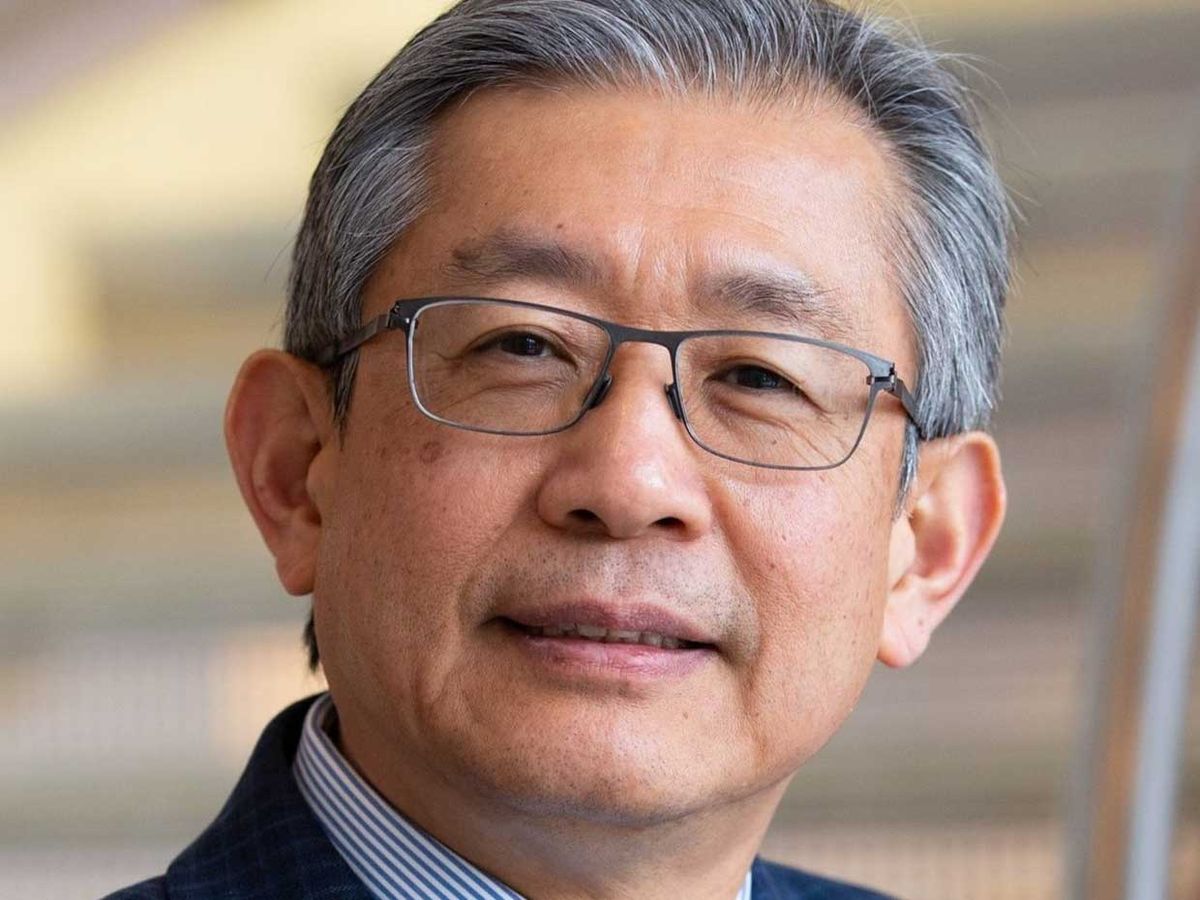What will the future of the world look like? Everything in the world evolves. Therefore, IEEE also must evolve, not only to survive but to thrive.
How will people build communities and engage with one another and with IEEE in the future? How will knowledge be acquired? How will content be curated, shared, and accessed? What issues will influence the development of technical standards? How should IEEE be organized to be most impactful?
While no one has a crystal ball, predictions can be made based on evidence and trends. To start the conversation around these questions, I appointed the 2022 IEEE Ad Hoc Committee on IEEE in 2050. The committee chaired by IEEE Fellow Roger Fujii, is designed to envision scenarios looking out to the year 2050 and beyond to gain a global perspective of what the world may look like and what potential futures might mean for IEEE.
The committee explored plausible scenarios across IEEE’s range of interests and scanned for drivers of change within existing and emerging technology fields. It also analyzed the role IEEE should take based on the identified potential futures and discussed next steps in IEEE’s major areas of focus, including conferences, education, publications, standards, membership, sustainability, and governance.
For example, imagine that in 2050, your “cognitive digital twin” is constantly surfing the large volumes of research papers and data stored across open access repositories to find information directly relevant to your interests. It will also use its imaginative and creative logic to suggest new concepts and solutions for you. This platform will be driven by artificial intelligence, augmented reality, and virtual reality developed to help make you more productive and creative in your career. What is IEEE’s role in this new environment?
Molding the IEEE of the future
As a global organization, a considerable challenge of IEEE is that it supports a broad community. This also presents a great opportunity to learn and pilot various models, services, products, and solutions to meet the diverse set of members’ needs predicted for 2050 and beyond.
The technology generation of 2050 will likely be interested in solving mission-based issues such as climate change, universal access to health care, sustainable food sources, and ubiquitous energy generation and transmission. Thus, IEEE’s mission—to advance technology for humanity—will still be relevant in the future. However, the way IEEE achieves its mission must and will change.
The future is multinodular and digital. IEEE will benefit from its status and reputation as a trusted, neutral provider of content and information. As a knowledge provider, IEEE has an opportunity to curate and deliver information to assist its constituents and the public in understanding the benefits and risks associated with several technology areas. Most importantly, IEEE can help with the deep integration of artificial intelligence and virtual reality into a wide variety of everyday applications.
Follow me on social media for updates and information from across IEEE
Instagram: @ieeepresident
Adapting to an environment of constant chaos and change is essential moving forward. The ebb and flow of geopolitical tensions are likely to continue to increase—which will impact global organizations like ours. IEEE must become exceedingly nimble to address rapid changes in technologies and interdisciplinary needs, and attract a broader audience. IEEE will also need to rapidly respond to selected strategic changes and allocate funding for new approaches. IEEE’s governance structure will need to be streamlined to meet the needs of many future scenarios that will require the organization to empower local entities to make decisions within their area.
Trust in IEEE must remain high if the organization is to maintain relevance and remain a credible source of information in the future. Now is the time for the organization to be thoughtful and bold, and take risks. IEEE cannot be afraid to break silos. Some activities will need to be terminated to make space for new ones. Products and initiatives should be evaluated regularly, and decisions must be made on a continuous basis.
Sound scary? Compounded by global warming, uneven demographic growth, and geopolitical challenges, the future likely is more uncertain than we realize. But often a crisis can be transformed into opportunity if we honestly face the unexpected and become prepared for whatever lies ahead. Adhering to IEEE’s core principles—trust, growth and nurturing, global community building, partnership, service to humanity, and integrity in action—will serve the organization well into the future.
I sincerely thank Roger Fujii and the ad hoc committee members for their efforts. Their work will aid IEEE in devising long-term strategies to prepare for the future, to adapt, and to convert uncertainty into opportunity.
As I have shared, in an ever-changing and uncertain world, IEEE—your professional home—is always here for you, our members, as well as for humanity, and for our shared future. After all, serving our members well is our raison d’être.
By addressing the challenges and opportunities that lie ahead of us, IEEE can remain a vibrant organization with relevance both now and well into 2050. If IEEE remains true to its central values—fostering technological innovation and excellence for the benefit of humanity—I’m certain that the organization’s future will be very bright indeed.
It has been my honor and privilege to work with and for you this year as IEEE president and CEO.
—K.J. RAY LIU
IEEE president and CEO
Please share your thoughts with me at president@ieee.org.
This article appears in the December 2022 print issue as “Looking to 2050 and Beyond.”



